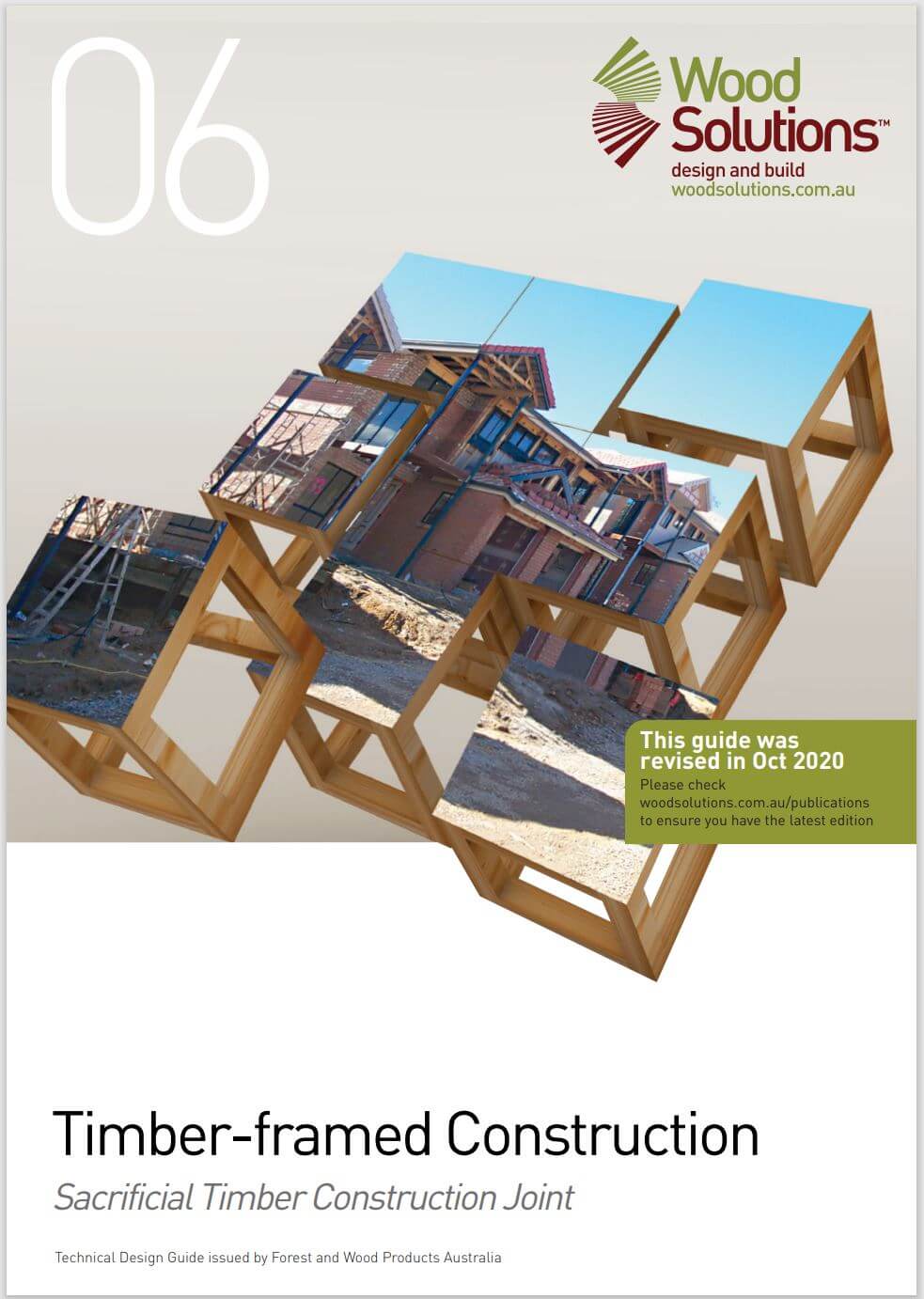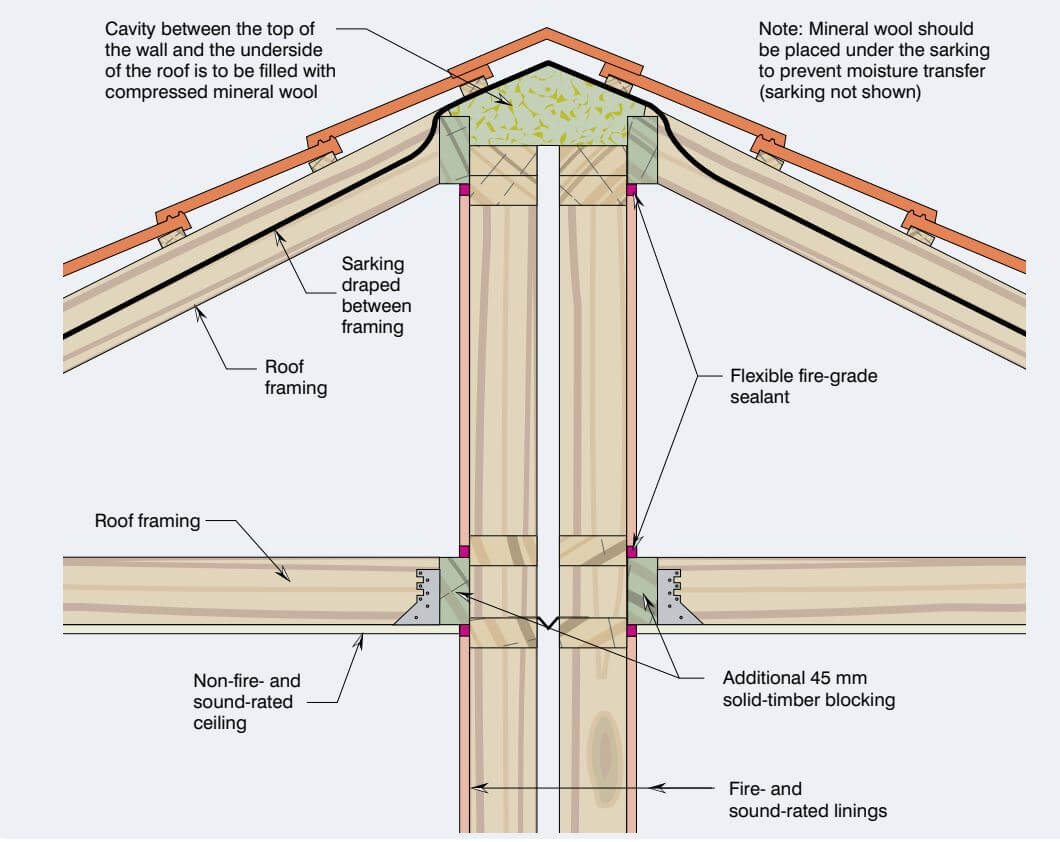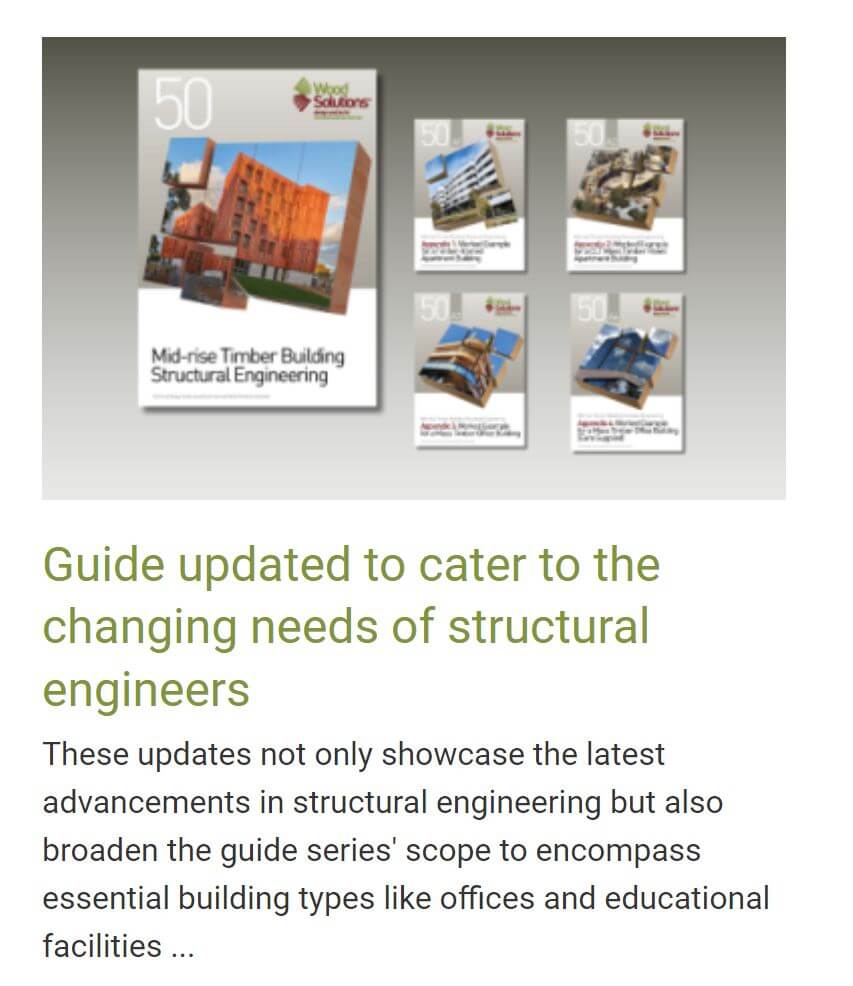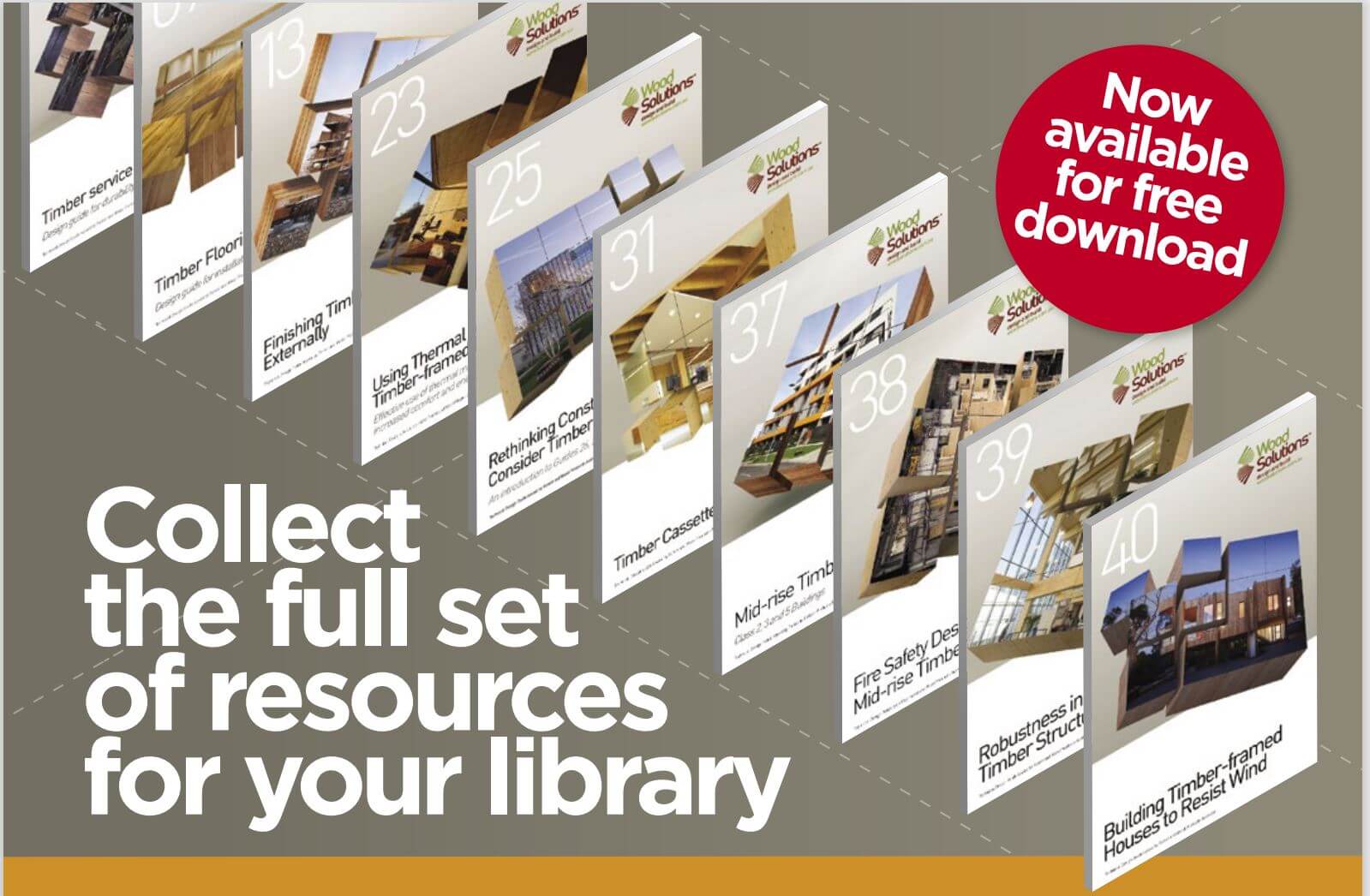This piece was written by FTMA’s Kat Welsh.

What You Need To Know About Timber-Framed Construction – Sacrificial Timber Construction Joints
Welcome back for the February edition of Design Guides That Matter # 2. Where we are showcasing the incredible technical design guides that make up the FREE resources produced by WoodSolutions. For more general information on the design guides, last month’s FTMA article also has information.
The design guide we’re showcasing this month is:
Timber-framed Construction – Sacrificial Timber Construction Joints
(6th in the series of guides)

While it’s great to see the versatile usage of wood, let me reassure the non-technical people reading this, that a sacrificial timber joint is not a place built out of wood where you take sacrificial lambs for slaughter! No, it’s a technical term, and the guide will give you everything you need to know about these specific joints.

It’s part of a grouping of the guides written for fire design and safety, and has recommendations in line with the relevant codes. The clause that the sacrificial joints guide relates to is the National Construction Code, construction joints.
This guide is extremely useful as it gives detailed drawings and placements of these joints, with the assessed purpose of fire safety, and tested fire resisting capabilities. It can be used when designing and constructing the features of a timber-framed building, focused on the best possible fire safety outcomes and highest standards, as well as meeting the code requirements. It is based on multiple testings that have been performed, which are listed as part of the guide.

As per all the guides, it is written for the industry, by industry experts, and was last updated in October 2020. And even if you’re not particularly reading this guide for design assistance, it is essential to know how and why these joints are being used, what their capabilities are, and how they are crucial and key to the fire resistance safety features of timber-framing.

The guide also includes data on char rates, and joint thickness for different species of woods and how they perform in testings.
These guides are a wonderful source of critical information, and as well as giving key support, are great to showcase wood. Wood is incredibly versatile in its properties, and when incorporated with engineered design features, has the capability to perform, and perform extremely well.
‘Solid timber has been researched and tested and has been shown in some cases to provide equivalent or better performance than fire-resistant linings.’ (WoodSolutions).
It’s easy to register an account with WoodSolutions (free), and then the design guides are also free to access after that. Keep an eye on them, there are many in the series, and the library is constantly being added to, updated, and are often discussed in WoodSolutions’ webinars, blogs and social media posts.
Make the most out of these resources!
Follow WoodSolutions on social media for regular news:
Our Principal Partners




